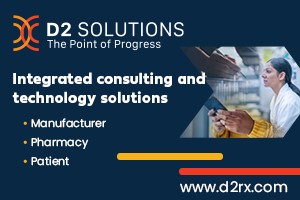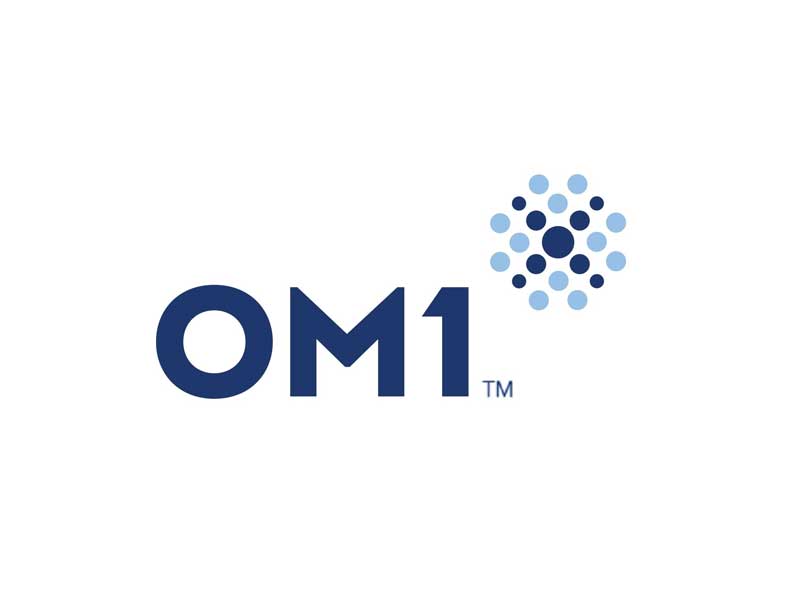OM1, the leader in delivering first-in-class RWE (real-world evidence) technological advancements and AI-powered insights, has officially announced the launch of its brand-new Registries Center of Excellence (CoE). According to certain reports, the CoE under focus here was built in collaboration with the company’s novel and world’s first automated study platform for evidence generation. You see, this platform enables AI-powered data automation in the collection, processing, linkage, and data enrichment of studies that leverage RWD (real-world data) sources at scale. Anyway, owing to its technological origins, OM1’s CoE should be able to offer unparalleled subject matter expertise and consultation throughout the project lifecycle, and at the same time, guide innovation in patient registries, right from concept and design to operations and analysis. Markedly enough, by delivering at your disposal expert consultation with its industry-first platform, OM1 further aims to help clients and partner organizations rapidly benefit from this burgeoning demand for more automated and registry-based clinical research, including embedded trials and comparator arms.
Talk about the whole value proposition on a slightly deeper level, we begin from the promise of seamless data collection and management. Here, beneficiaries can effectively generate new evidence and registries to meet safety, effectiveness, quality, and value goals. This they can do, in essence, through EHRs, existing registries, claims, social determinants, and plenty other factors. Next up, we must get into the new CoE’s stringent take on quality assurance and standardization, a take which involves the implementation of practices and rigorous QC measures so to ensure data consistency, accuracy, and reliability.
“Scientific, technical, and operational components of prospective studies and registries are highly interdependent, with substantial room to introduce advanced solutions to streamline and improve research. We’re at an exciting and fundamental moment in medical research, and the CoE will provide us with another way to serve as a strategic, end-to-end partner to our customers as they embark on a journey to reduce the financial burdens of research and speed products to patients for life-changing treatments,” said Dr. Richard Gliklich, founder and CEO of OM1.
Moving on to the presence of advanced analytics /AGI/AI, this feature will enable you to utilize advanced analytical methods, including artificial intelligence (AI) and machine learning (ML), to extract meaningful insights from the collected data, provide data enrichment, and enhance value across sites and patients in new and meaningful ways. Another detail worth a mention here is rooted in a compliance-centered facet, which makes it possible for users to ensure that their data collection, storage, and analysis practices remain compliant with regulations and guidelines. Then, there is a prospect of outcome research. Like you might have guessed by now, such a prospect is all about conducting studies to evaluate the effectiveness, safety, and value of medical treatments, interventions, and healthcare practices in real-world settings. This includes registries in clinical trial ECAs, observational studies, safety studies, and supplementary evidence submissions for regulatory bodies. Joining the same would be a set of patient-centric approaches that pack together virtual sites and patient-reported outcomes, experiences, and preferences into research to achieve substantially beneficial findings.
Hold on, we still have a few bits left to unpack, considering we still haven’t discussed how the new CoE will let you partner with HCPs, payers, researchers, and other stakeholders to promote the use of RWE in clinical practice and decision-making. Not just that, it will also provide training and educational resources to healthcare professionals and researchers using RWE and RWD. In case that wasn’t enough, then we must acknowledge that the CoE can be further expected to advance technologies and methodologies developed for data collection, analysis, and evidence generation. Finally, there is a reporting mechanism available to share insights with the broader medical and scientific communities.


